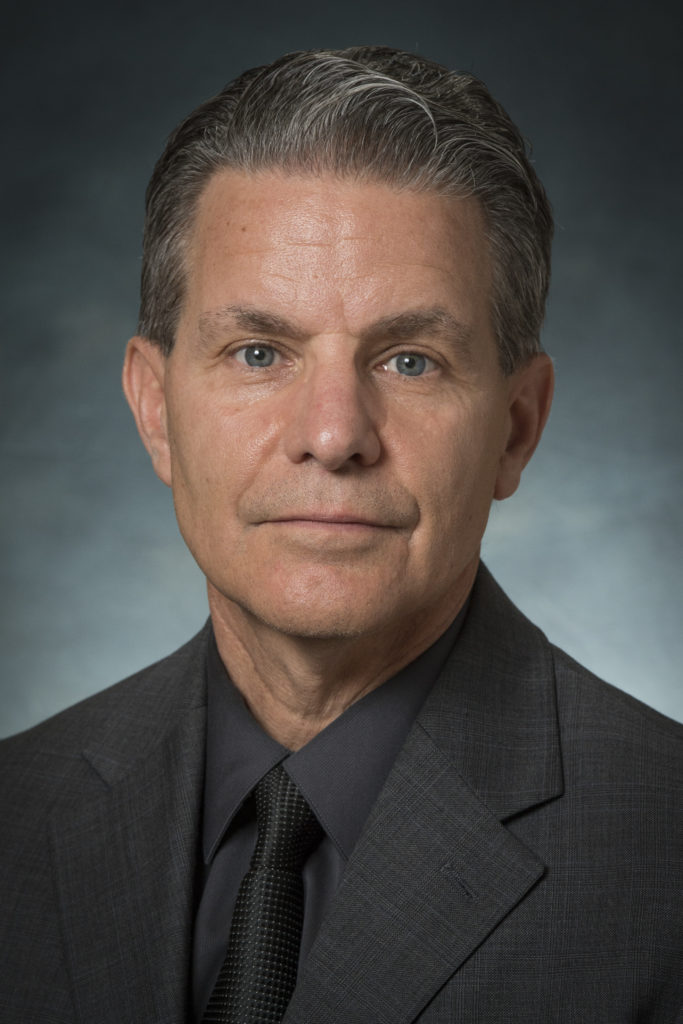
By KIM BELLARD
Science buffs will recognize the title as the (possibly apocryphal) quote Galileo muttered after he was forced by the Catholic Church to recant his assertion that the earth moved around the sun, contrary to church dogma. We’re in an era where it is the Trump Administration, not the church, forcing people and organizations to accede to things they don’t really believe in, whether they are law firms, universities, media companies, or big corporations, to name a few.
That’s why I was so pleased when last week the National Academies of Sciences, Engineering, and Medicine (NAS) not only didn’t take a knee about the Trump Administration’s dogma about climate change being a hoax, they also didn’t just mutter their objections. They issued a lengthy report outlining how climate change is very real, is largely due to human contributions, and is extremely bad for us and the planet.
And yet it moves indeed.
The NAS was spurred into action by an EPA announcement proposing to rescind an Endangerment Finding issued in 2009 by the Obama EPA. “With this proposal, the Trump EPA is proposing to end sixteen years of uncertainty for automakers and American consumers,” EPA Administrator Zeldin said.“In our work so far, many stakeholders have told me that the Obama and Biden EPAs twisted the law, ignored precedent, and warped science to achieve their preferred ends and stick American families with hundreds of billions of dollars in hidden taxes every single year.” He was practically giddy.
Not so fast, the NAS report says. Its overarching conclusion: “EPA’s 2009 finding that the human-caused emissions of greenhouse gases threaten human health and welfare was accurate, has stood the test of time, and is now reinforced by even stronger evidence.”
The report lists five key conclusions:
- Emissions of greenhouse gases (GHGs) from human activities are increasing the concentration of these gases in the atmosphere.
- Improved observations confirm unequivocally that greenhouse gas emissions are warming Earth’s surface and changing Earth’s climate.
- Human-caused emissions of greenhouse gases and resulting climate change harm the health of people in the United States.
- Changes in climate resulting from human-caused emissions of greenhouse gases harm the welfare of people in the United States.
- Continued emissions of greenhouse gases from human activities will lead to more climate changes in the United States, with the severity of expected change increasing with every ton of greenhouse gases emitted.
Pulling no punches, it says:
In summary, the committee concludes that the evidence for current and future harm to human health and welfare created by human-caused GHGs is beyond scientific dispute. Much of the understanding of climate change that was uncertain or tentative in 2009 is now resolved and new threats have been identified. These new threats and the areas of remaining uncertainty are under intensive investigation by the scientific community. The United States faces a future in which climate-induced harm continues to worsen and today’s extremes become tomorrow’s norms.
i.e., “And yet we are endangering ourselves, and the planet.”
Shirley Tilghman, professor of molecular biology and public affairs, emeritus, and former president, Princeton University, and chair of the committee that wrote the report, was more diplomatic: “This study was undertaken with the ultimate aim of informing the EPA, following its call for public comments, as it considers the status of the endangerment finding. We are hopeful that the evidence summarized here shows the strong base of scientific evidence available to inform sound decision-making.”
Continue reading…















